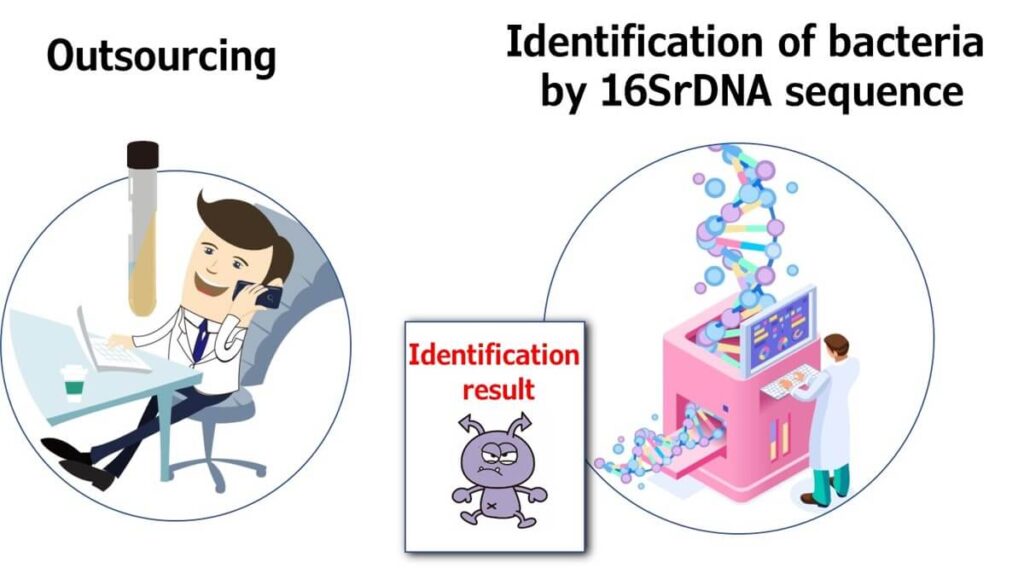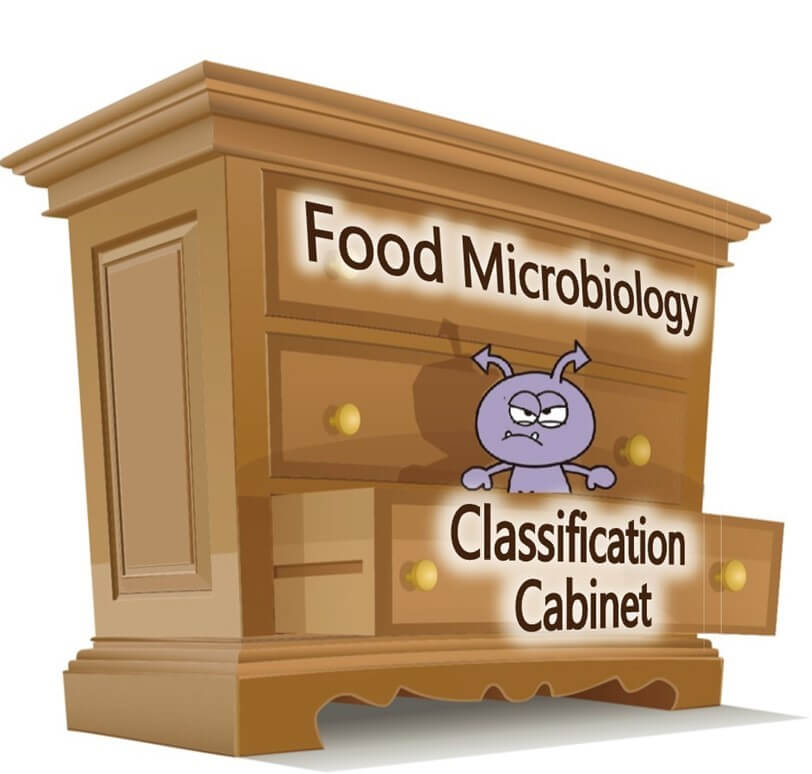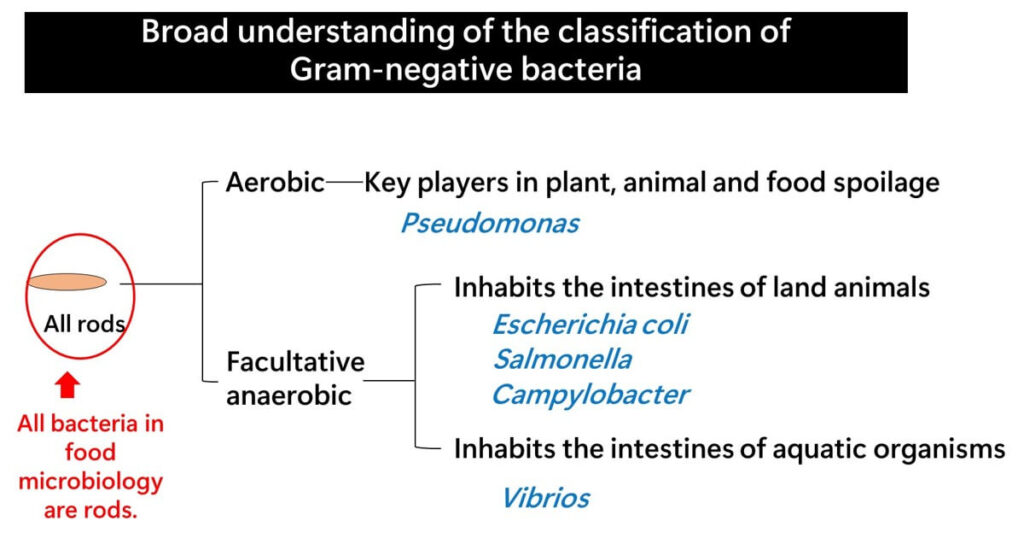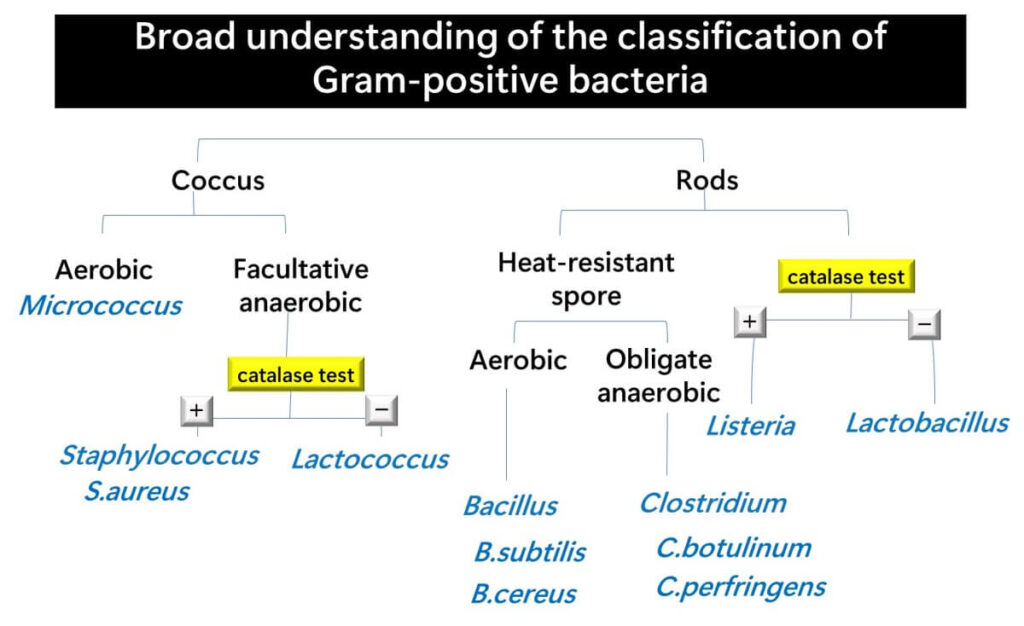Hi everyone, in future article I'd like to talk about something that's quite popular in science right now: identifying species through 16S rRNA gene sequencing. It's really taken off, leading to super detailed and complex bacterial classifications. But before we get lost in that level of detail, it's essential to have a broader understanding, especially in the field of food microbiology. Over the next few at, we'll look at ways to make sense of the various kinds of bacteria you might encounter in food—Gram-negative and Gram-positive—and how to organize them in your head.
Why 16S rRNA Sequencing Alone Isn't Enough
In the past two decades, this sequencing has led to the proposal of tons of new genera and species, pumping a vast amount of information into bacterial classification. As fascinating as this is for the scientific community—I've done a fair bit of this research myself—it can be a double-edged sword, especially in the practical field of food microbiology.

You see, bacteria that were traditionally grouped as Pseudomonas or Staphylococcus, for example, are now often divided into numerous new genera. While it's vital to know accurate bacterial classifications based on DNA sequences, the explosion of unfamiliar names can be confusing. It's often unclear where these new names fit into the broader framework of bacterial classification.

The Importance of a 'Mental Box'
That's why it's crucial to know where these new names originally fit into our existing understanding of bacteria. Here, having a mental 'sorting box' for key groups of Gram-negative and Gram-positive bacteria can be very helpful.

In the field of food microbiology, getting a quick overview of these microbes is more critical than delving into every tiny detail. For this reason, it's practical to understand the broader framework.

Brief Overview of Main Bacterial Categories in Food Microbiology
I'll try to provide an outline for classifying significant bacteria in food microbiology in subsequent presentations. Understanding this outline can be a handy tool for broadly sorting out these important microbes.
The following diagrams serve as useful charts for organizing Gram-negative and Gram-positive bacteria in food microbiology. These charts will be referred to in the following articles to provide further explanations.



